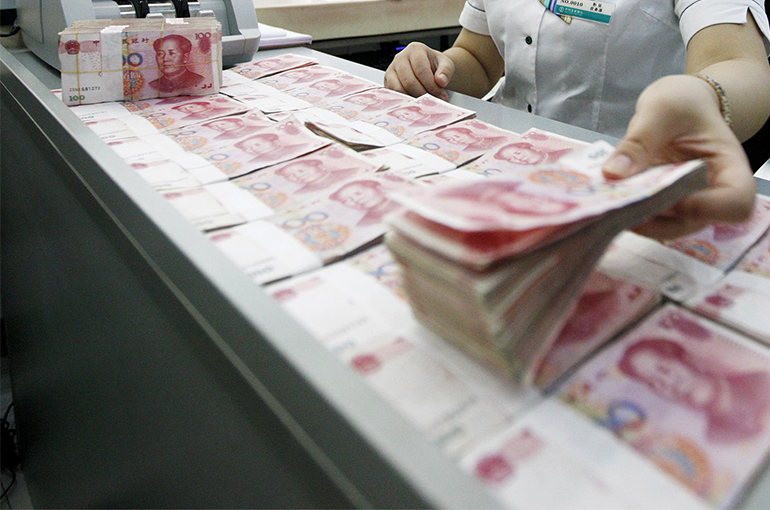 Foreign Financial Institutions Are Set to Raise Yuan Asset Holdings, BOC Survey Finds
Foreign Financial Institutions Are Set to Raise Yuan Asset Holdings, BOC Survey Finds(Yicai) June 11 -- The majority of foreign financial institutions are planning to increase their scale of yuan-denominated assets, according to the findings of a survey done by the Bank of China.
Fifty-seven percent of polled financial institutions overseas said they intend to hike the share of yuan-denominated assets, up from 44 percent a year ago, based on the latest data released by the Beijing-based commercial lender. The survey was conducted in January, covering 82 foreign financial institutions, as well as over 3,700 enterprises at home and abroad.
A nearly unchanged share of 10 percent of offshore financial institutions said that yuan assets account for more than a fifth of their investable assets. More than a fifth of the total said that the share of yuan assets made up over 10 percent of such liquid wealth, up from 13 percent, the state-owned lender added.
Meanwhile, almost 60 percent of domestic enterprises and nearly half of overseas companies said they intend to use the yuan more in cross-border transactions, up 2 percentage points and 12 percentage points, respectively.
Foreign companies are becoming more likely to keep their yuan in China. Almost a quarter of polled enterprises said that they tend to deposit their renminbi income to settle foreign trade in the Asian country, up 5 percentage points. Some 15 percent of the total said they spend the currency to invest in local assets, up from 13 percent. Some 62 percent of the group said they prefer converting yuan into foreign currencies, down from 69 percent.
The redback is becoming a more international currency. Last year, China’s cross-border settlements in renminbi jumped 24 percent to CNY52.3 trillion (USD7.2 trillion) from 2022. In the first nine months of that year, nearly a quarter of all foreign exchange receipts and payments for cross-border trade in goods in China were made by using yuan, up 7 percentage points from a year ago.
The trend is global as the share of payments and settlements in yuan rose to 4 percent of all transactions in all currencies last December, up from 2 percent at the beginning of the year, making it the world’s fourth-largest currency in this regard, according to the Society for Worldwide Interbank Financial Telecommunications.
Editors: Dou Shicong, Emmi Laine